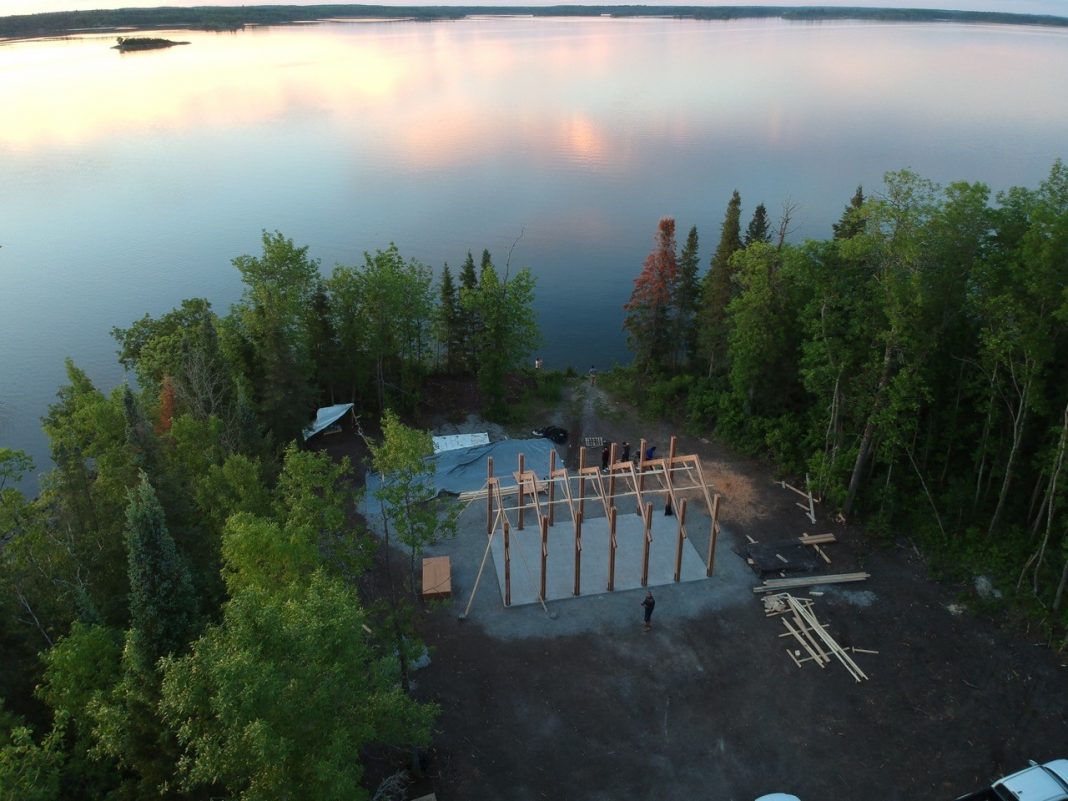Marcia Friesen, Dean at the Price Faculty of Engineering, the University of Manitoba, Canada, explores what empathic design principles in engineering courses can look like with advanced social justice
Engineering and other design disciplines are introduced early to a well-known design cycle. Although the terms may vary, the standard design cycle iteratively moves through defining, ideating, decision-making, prototyping, testing, re-design, and communicating.
Introducing empathic design
Empathic design, arising out of the Stanford d.school, (1) grounds the design process at the outset in empathizing.
Empathic design is grounded in equity principles. Equity principles bid us to consider everyone’s needs for success. Sometimes equity also means equality, where everyone gets the same thing; however, often equity means acknowledging different starting positions and removing barriers to participation.
Empathic design translates equity principles to equity in design. Currently, racial and gender bias in AI and other algorithm-mediated technologies is receiving due attention. This provides a relatable point of reference for students to envision how equity relates to computer engineering.
Two courses in the Price Faculty of Engineering at the University of Manitoba, Canada, are demonstrable and differentiated examples of empathic design. In each, students are engaged in a project-based design course spanning one academic term. They work in teams to design for an external client with a real-world need.
In each, the course instructors highlight empathic design principles throughout the course, contextualized in the usual disciplinary content to propose a technology-mediated solution.
Designing an assistive technology for deaf curling athletes
In ECE 3760 Digital Systems Design I, computer engineering students are tasked with designing an assistive technology for deaf curling athletes. (2,3) Students’ designs aim for equity – that is, the ability to play on the same terms as hearing athletes in a game where the skip verbally calls critical strategy instructions to the sweepers during active play. Solutions have included visual communication (a system of lights on curling brooms) and haptic devices (vibrating armbands,
vests, etc.).
Empathic design puts the curling athlete at the centre. For example, in a specifications document early in the design process, students often specify their design in expected terms: “the device must have 6 hrs of battery power”, “the device must function to -5 degrees C and withstand accidental impact on the ice”, and so on. Students are given formative feedback and re-submit the specifications document with the curler at the centre: “the curler must be able to rely on the device to be durable, responsive at cold temperatures, and long-lasting”.
The first lab in the course takes students to a curling arena for an introduction to the game and the physical environment. As curling is popular with an older demographic and is somewhat unique to cold-climate countries, many students – particularly international students – are unfamiliar with the game.
Complemented by YouTube videos to demonstrate the rules of the games and the player actions, the hours in a curling arena drive home the physical environment: the surprisingly long length of the ice sheet over which one needs to communicate, the temperature, the lighting level (important for light-based design solutions), the proximity to neighbouring teams, and the ice surface itself. Further, deaf curling athletes served as consultants to the course, offering formative and summative feedback.
Community comes to the core of the design process
In ENG 4100 Design-Build, empathic design brings the community to the core of the design process. (4) The designed and built structures have differed over the years, beginning with an 80m2 timber-framed, open-air feasting shelter for the Shoal Lake 40 First Nation, an Indigenous community relocating their pow-wow grounds to a new site.
Empathic design was evident in ENG 4100 Design-Build only after several years of relationship-building between the design instructor and the community. The community defined their preference for a feasting shelter as the first structure on the site and how it would be used. The community conversed with student designers through various conceptual design alternatives and affirmed the final design before proceeding.
Embedded in Indigenous worldviews, empathic design extended to the land itself. Elders blessed the land before ground was broken for the shelter. The land illuminated the siting of the shelter to the Elders concerning the adjacent lake and compass directions.
During the final two weeks of the course on-site to build the structure, students lived and worked alongside community members, learning from one another’s experiences.
Social justice in a diverse and often inequitable world
These examples of empathic design in the engineering programmes at the University of Manitoba are part of our vision to develop programs in which students see engineering’s potential to advance social justice in a diverse and often inequitable world.
References
- https://dschool.stanford.edu/
- Friesen, M.R. & McLeod, R.D. Empathic Design in Computer Engineering: accessibility in Sport for Deaf Curling Athletes. The 18th International Conference on Frontiers in Education: Computer Science & Computer Engineering, Las Vegas, NV, July 2022.
- McLeod, R.D. & Friesen, M.R. (2022) Empathic engineering design for accessibility for deaf curling athletes. Research Outreach, Vol 130. https://researchoutreach.org/articles/empathic-engineering-design-accessibility-deaf-curling-athletes/
- https://news.umanitoba.ca/the-keystone-professional-university-of-manitobas-design-build-collaboration-with-shoal-lake-40/

This work is licensed under Creative Commons Attribution-NonCommercial-NoDerivatives 4.0 International.


